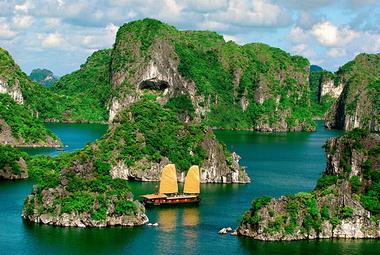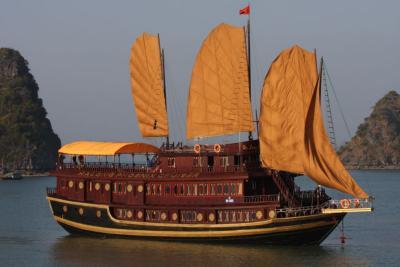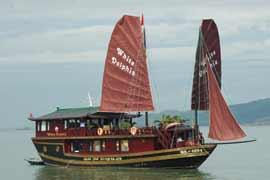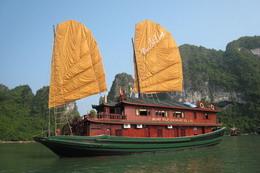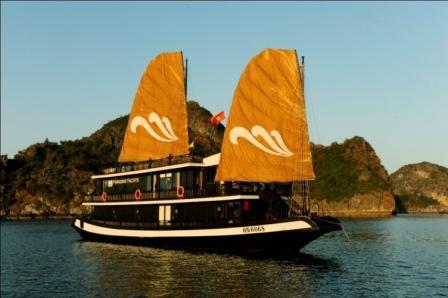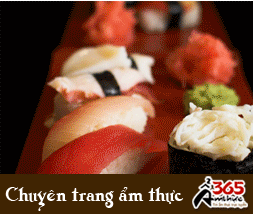Saving Thi Vai River with waste programming
Published: 26/10/2008 05:00
Provide by Vietnam Travel
Saving Thi Vai River with waste programming - Sci-Tech - News | vietnam travel company
You can see more
- WIPO supports Vietnam to develop national strategy on intellectual property
- Viettel deploys 4G nationwide
- Wind power in Vietnam: three problems may shrink investors back
- Online sellers & buyers swindle each other
- Vietnam’s first remote sensing satellite launched after delay
- Vietnamese big guys vie with one another to distribute “eaten Apple”
- Broadcasters provide services below cost prices to attract more subscribers
- Vietnamese companies try to make money with garbage
enews & updates
Sign up to receive breaking news as well as receive other site updates!
- Banh Đa Cua - a traditional Hai Phong specialty
- Exploring Lai Chau cuisine
- Hanoi ranked top 3 cuisine in the world in 2023
- Beautiful resorts for a weekend escape close to Hanoi
- Travel trends in 2023
- In the spring, Moc Chau is covered in plum blossoms.
- The Most Wonderful Destinations In Sapa
- Top 3 Special festivals in Vietnam during Tet holiday - 2023
- 5 tourist hotspots expected to see a spike in visitors during Lunar New Year 2023
- How To Make Kitchen Cleaned
-
vietnam travel
http://www.vietnamtourism.org.vn " Vietnam Tourism: Vietnam Travel Guide, Culture, Travel, Entertainment, Guide, News, and...
-
Vietnam culture, culture travel
http://travel.org.vn " Vietnam culture
-
Vietnam travel, vietnam travel news, vietnam in photos
http://www.nccorp.vn " Vietnam travel, vietnam travel news, vietnam in photos
-
Vietnam tourism
http://www.vietnamtourism.org.vn " The official online information on culture, travel, entertainment, and including facts, maps,...
-
Vietnam Travel and Tourism
http://www.vietnamtourism.org.vn/ " Vietnam Travel, Entertainment, People, Agents, Company, Vietnam Tourism information.
-
Information travel online
http://www.travellive.org "Information travel online



